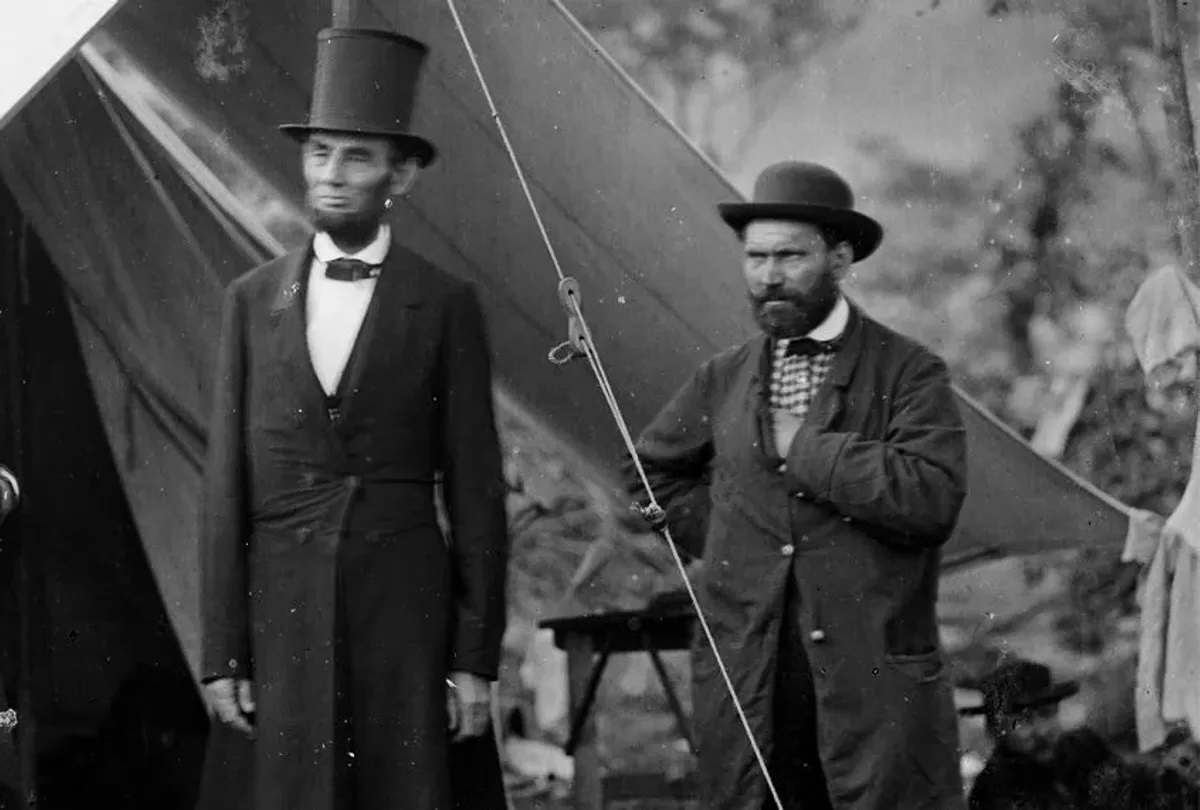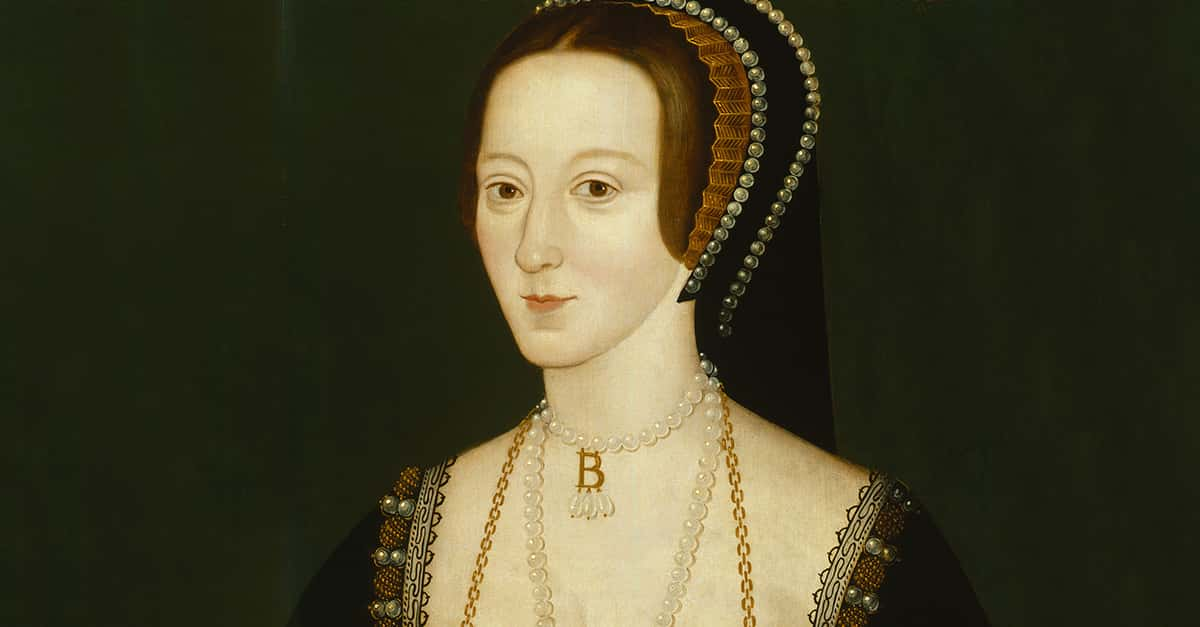
Historical movies transport us to different eras, offering a glimpse into the past. But how accurate are they? Do historical movies get the facts right? The answer is both yes and no. Filmmakers often blend truth with fiction to create compelling stories. While some movies stick closely to historical events, others take creative liberties for dramatic effect. This mix can lead to misconceptions about real events and figures. However, these films can also spark interest in history, encouraging viewers to learn more. In this post, we'll explore 35 intriguing facts about historical movies, separating fact from fiction. Get ready to uncover the truth behind your favorite historical films!
Key Takeaways:
- Historical movies often take creative liberties with facts, like depicting William Wallace in a kilt in "Braveheart." It's important to separate movie magic from historical reality.
- Behind-the-scenes efforts in historical movies are incredible, from sinking a replica Titanic to using real ships in "Dunkirk." These details bring the past to life on screen.
Historical Accuracy in Movies
Historical movies often aim to transport viewers back in time, but how accurate are they? Here are some fascinating facts about the accuracy of these films.
- "Braveheart" (1995): William Wallace never wore a kilt. Kilts became part of Scottish attire centuries later.
- "Gladiator" (2000): Emperor Commodus did fight in the arena, but he didn't die there. He was assassinated in his bath.
- "The Patriot" (2000): Mel Gibson's character, Benjamin Martin, is a composite of several historical figures, not one real person.
- "Pocahontas" (1995): Pocahontas was around 10-12 years old when she met John Smith, not an adult as depicted.
- "300" (2006): The Spartans did fight at Thermopylae, but they wore armor, not just loincloths and capes.
Behind the Scenes
The making of historical movies often involves incredible behind-the-scenes efforts to recreate the past authentically.
- "Titanic" (1997): James Cameron had a replica of the ship built to scale, which was then sunk in a giant tank.
- "Schindler's List" (1993): Filmed in black and white to give it a more authentic, documentary-like feel.
- "Lincoln" (2012): Daniel Day-Lewis stayed in character as Abraham Lincoln throughout the entire filming process.
- "The Last Samurai" (2003): Tom Cruise spent two years training in martial arts and learning Japanese.
- "Dunkirk" (2017): Used real ships from the Dunkirk evacuation and thousands of extras to recreate the event.
Costumes and Props
Costumes and props play a crucial role in bringing historical movies to life. Here are some interesting facts about them.
- "Elizabeth" (1998): Cate Blanchett's costumes were so elaborate that she needed help to move in them.
- "The Revenant" (2015): Leonardo DiCaprio wore a real bear fur coat, which weighed over 100 pounds.
- "Marie Antoinette" (2006): The film used actual 18th-century furniture and decorations from Versailles.
- "The Lord of the Rings" (2001-2003): Although not historical, the trilogy used over 48,000 pieces of armor and 19,000 costumes.
- "Cleopatra" (1963): Elizabeth Taylor's costumes cost $194,800, a record at the time.
Historical Figures Portrayed
Many historical movies focus on significant figures from the past. Here are some facts about these portrayals.
- "Gandhi" (1982): Ben Kingsley, who played Gandhi, is of Indian descent, adding authenticity to his portrayal.
- "The King's Speech" (2010): Colin Firth worked with speech therapists to accurately depict King George VI's stammer.
- "Selma" (2014): David Oyelowo spent years preparing to play Martin Luther King Jr., even gaining the support of King's family.
- "The Imitation Game" (2014): Benedict Cumberbatch learned to write with both hands to accurately portray Alan Turing.
- "Bohemian Rhapsody" (2018): Rami Malek wore prosthetic teeth to match Freddie Mercury's distinctive look.
Filming Locations
The choice of filming locations can significantly impact the authenticity of historical movies. Here are some intriguing facts.
- "Lawrence of Arabia" (1962): Filmed in Jordan, Morocco, and Spain to capture the vast desert landscapes.
- "The Sound of Music" (1965): Shot on location in Salzburg, Austria, using many real places from the von Trapp family's story.
- "Out of Africa" (1985): Filmed in Kenya, using the actual farm where Karen Blixen lived.
- "The Pianist" (2002): Used real locations in Warsaw, Poland, to depict the city's destruction during WWII.
- "The Last Emperor" (1987): Filmed inside the Forbidden City in Beijing, the first Western film allowed to do so.
Box Office and Awards
Historical movies often perform well at the box office and receive numerous awards. Here are some notable examples.
- "Gone with the Wind" (1939): Adjusted for inflation, it's the highest-grossing film of all time.
- "Ben-Hur" (1959): Won 11 Academy Awards, a record it shares with "Titanic" and "The Lord of the Rings: The Return of the King."
- "Saving Private Ryan" (1998): Grossed over $480 million worldwide and won five Academy Awards.
- "Gladiator" (2000): Won Best Picture and Best Actor for Russell Crowe.
- "12 Years a Slave" (2013): Won Best Picture and grossed over $187 million worldwide.
Controversies and Criticisms
Historical movies sometimes face controversies and criticisms for various reasons. Here are some notable instances.
- "The Birth of a Nation" (1915): Criticized for its racist portrayal of African Americans and glorification of the Ku Klux Klan.
- "JFK" (1991): Faced backlash for its conspiracy theories about President Kennedy's assassination.
- "The Passion of the Christ" (2004): Accused of anti-Semitism and excessive violence.
- "Argo" (2012): Criticized for downplaying the role of the Canadian embassy in the Iran hostage crisis.
- "The Last Temptation of Christ" (1988): Sparked protests for its depiction of Jesus Christ's human side.
Final Thoughts on Historical Movies
Historical movies offer a fascinating glimpse into the past, blending fact with fiction to create compelling stories. They often spark curiosity about real events and figures, making history more accessible and engaging. While some films take creative liberties, they still provide valuable insights and can inspire viewers to learn more about the actual events.
From the accuracy of costumes and settings to the portrayal of significant moments, these movies play a crucial role in preserving and popularizing history. They remind us of the triumphs, struggles, and complexities of human experience. So next time you watch a historical movie, appreciate the effort behind it and maybe even do a little research to separate fact from fiction. Happy watching!
Frequently Asked Questions
Was this page helpful?
Our commitment to delivering trustworthy and engaging content is at the heart of what we do. Each fact on our site is contributed by real users like you, bringing a wealth of diverse insights and information. To ensure the highest standards of accuracy and reliability, our dedicated editors meticulously review each submission. This process guarantees that the facts we share are not only fascinating but also credible. Trust in our commitment to quality and authenticity as you explore and learn with us.


